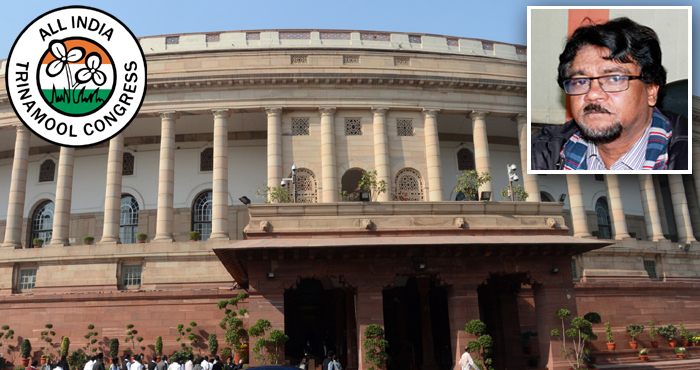FULL TRANSCRIPT
Sir, the education sector in India faces structural issues. The case of West Bengal may be studied to address these issues.
Between May 2011 and May 2017, 16 universities have been set up, out of which seven are State-aided. Thirty-one Government colleges and 16 Government-aided colleges have also been established.
The State mandated a 17 per cent reservation for OBC students as a result of which almost 60,000 OBC students were given admission at the State’s UG and PG level courses in 2014-15, and almost 1,00,000 in 2015-16.
The State has also established 732 smart classrooms in State-aided universities, Government colleges and Government-aided colleges at a total cost of Rs 22 crore. Every State-funded higher education institution has an e-learning space with free internet facilities for students and teachers during work hours. The budget of the Swami Vivekananda Merit-cum-Means Scholarship Scheme has been enhanced to Rs 200 crore in 2016-17 from Rs 45 crore in 2015-16. During 2016-17, the number of student beneficiaries has been almost 74,000.
Issues concerning teachers and other staff have also been addressed. These include granting leave travel concession to university and college teachers, bringing them under the West Bengal Health Services Scheme, conferring child care leave and paternity leave on male and female university and college teachers respectively, conferring teaching status on librarians, deputy librarians and assistant librarians of Government-aided colleges and graduate laboratory Instructors, etc.
A study of these schemes may be instructive for the Central and State Governments.

